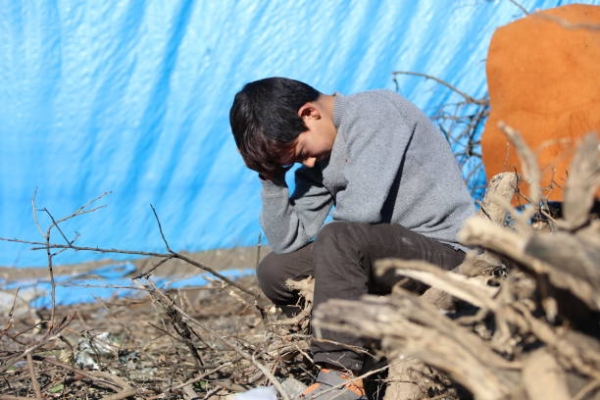The year 2021 marks the tenth anniversary of a conflict which has devastated Syria’s society, displaced more than half of the population of the country, and pushed 90 percent of the population below the poverty line, as announced by the United Nations. The SOHR has defined children as the category most affected by the conflict, having been deprived of basic rights such as healthcare, education, and protection of violence. Thousands of children have lost their life in the conflict, victims of the violence of the warring factions, while many others have witnessed the death of relatives and friends, or lost their entire families. According to data collected by the Observatory, since the beginning of the revolution in March 2011, until March 2021, 22,238 children under the age of 18 have lost their life. Most of the victims, specifically 17,111, are attributable to the actions of the Syrian regime, operating through military action by ground forces, and through torture in the detention centers. Russian airstrikes are responsible for the second largest number of child deaths, amounting to 2,098, followed by the operations of the Syrian Democratic Forces (SDF) and jihadist groups, with 1,230 killings. Responsible for the remaining number of child casualties are the other forces involved in the conflict, namely the International Coalition, the Turkish forces, fighter jets and Jandarma, the Islamic State, and the State of Israel. Interestingly, although the conflict has been declared to be over, the highest record of serious violations against children was recorded in 2020, which witnessed an upsurge in children killing, deformation and recruitment.
In the report, the Observatory has expressed great concern about the future of the Syrian young generation, which was left traumatized and deprived of decent education. The right to education has indeed greatly been compromised by the conflict, as education facilities were targeted by airstrikes, damaged, or turned into headquarters of the conflicting parties, causing children to drop out of school, or to study in overcrowded and unsafe classes, lacking basic services such as electricity and sewage. According to the United Nations, nearly 700 educational facilities have been attacked, of which 52 in 2020, confirming the recent upsurge in violence. The observatory has also expressed great concern about the psychological damages that children will face in the future, having been isolated from the world for ten years, exposed to violence and, therefore, at serious risk of developing aggressive behavior, isolationism, and behavioral abnormalities. The dangers that children face do not decrease in refugee camps, which do not possess the capacity to accommodate homeless children or to provide for adequate healthcare and education services. Some children were even born within the camps, being part of the “Generation of Camps”, without education and sometimes without identity.
In conclusion, the Observatory has condemned the ineffective roles and stances taken by international and humanitarian actors which have overlooked the gravity of the situation, abandoning millions of children to uncertainty, violence, marginalization, and fear. Therefore, the Observatory has called on the international community to increase its humanitarian engagement, not abandoning its responsibility towards the victims of the war but incrementing the efforts to save a whole generation.
To know more, please visit:
https://www.syriahr.com/en/207764/
Author: Carla Leonetti; Editor: Francesca Mencuccini







